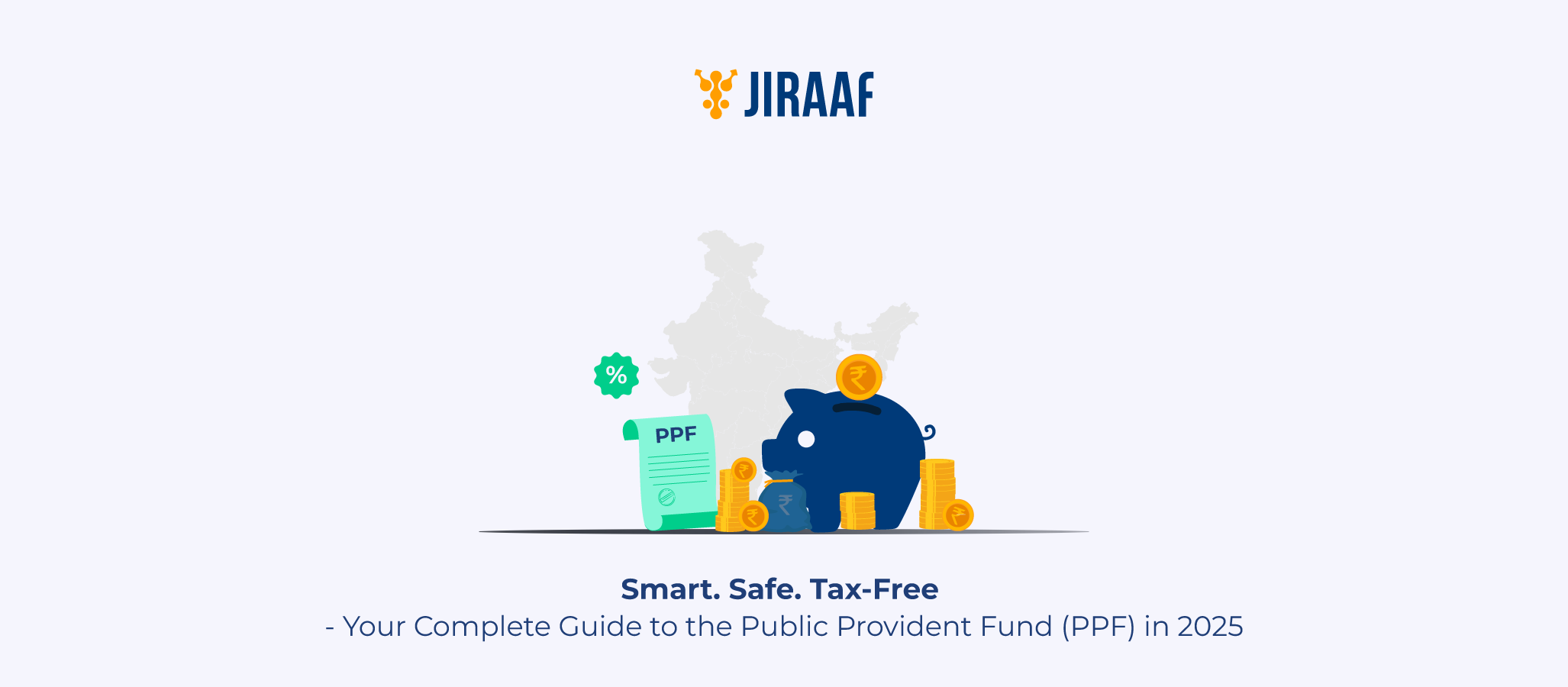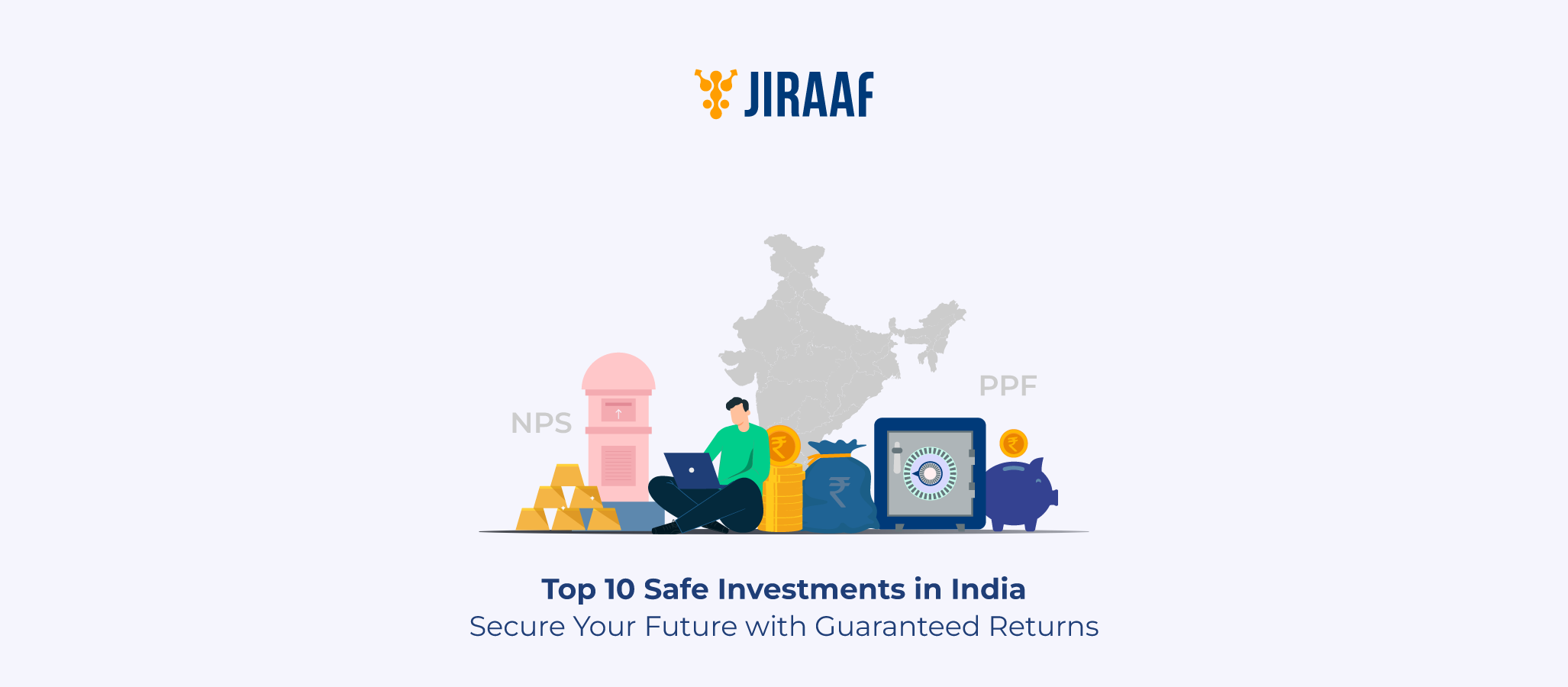For Indian investors seeking a blend of safety, long-term growth, and tax efficiency, the Public Provident Fund (PPF) stands out as a foundational investment. Backed by the Government of India, the PPF account is not just a savings tool—it is a disciplined wealth-building instrument for salaried professionals, self-employed individuals, and conservative investors alike.
In this detailed guide, we explain what a PPF account is, its interest rates, benefits, eligibility, withdrawal rules, and how to manage your account online or offline. This article incorporates updates from the official Indian Bank Savings Scheme Interest Rates as of 2025.
What Is a PPF Account and How Does It Work?
The Public Provident Fund (PPF) is a long-term government-backed savings scheme launched in 1968 under the PPF Act. The primary objective of this scheme is to mobilize small savings by offering an attractive return with tax benefits.
Key Concepts:
- PPF Full Form: Public Provident Fund
- Account Type: Individual, self-managed savings account
- Tenure: 15 years (extendable in blocks of 5 years)
- Compounding: Annual
Your investment in a PPF account earns compound interest, and both the interest earned, and the maturity amount are tax-free under Section 10 of the Income Tax Act.
How It Works:
- You deposit money (monthly or annually)
- Interest is calculated monthly and credited yearly
- The account locks in funds for 15 years
- You can make partial withdrawals or take loans against the account after a certain years.
Key Features and Benefits of a PPF Account
1. Attractive Interest Rate
- Current Interest Rate (as of 2025): 7.1% p.a. (subject to quarterly revision by the Ministry of Finance)
2. Tax Benefits
- Contributions qualify for deduction under Section 80C (up to ₹1.5 lakh/year)
- Interest earned is exempt from tax
- Maturity proceeds are also tax-free
3. Investment Flexibility
- Minimum yearly investment: ₹500
- Maximum yearly limit: ₹1.5 lakh
- Deposits can be made in a lump sum or in up to 12 installments per financial year
4. Compounding Benefits
- Compound interest ensures steady and consistent growth
- Ideal for long-term goals like retirement or a child’s education
5. Loan Facility
- Loan can be availed between the 3rd and 6th year
- Interest on loan is 1% higher than the PPF interest rate
6. Partial Withdrawals
- Permitted every year starting from the 7th year
- Limited to 50% of the balance at the end of the 4th year or immediately preceding year, whichever is lower
Who Can Open a PPF Account and What Is the Age Limit?
Eligibility Criteria
- Any resident Indian individual can open a PPF account
- Only one PPF account is allowed per person (excluding accounts opened on behalf of minors)
- Minors can have a PPF account under a guardian’s name
- NRIs are not eligible to open new PPF accounts. However, if a resident becomes an NRI during the tenure, the account can be continued till maturity
Age Restrictions
- No minimum age requirement
- Guardians can open a PPF account for minors
How to Open a PPF Account Online and Offline
Opening a PPF Account Online
Most major public and private sector banks offer the ability to open a PPF account through their net banking portals.
Steps:
- Log in to your internet banking account
- Navigate to the ‘Open PPF Account’ section
- Fill in the necessary details and upload documents
- Verify via OTP
- Your PPF account is opened instantly
Opening a PPF Account Offline
Alternatively, you can visit a post office or an authorized bank branch.
Documents Required:
- PPF account opening form (Form A)
- ID proof: Aadhaar, PAN, Passport, etc.
- Address proof
- Passport-sized photographs
- Initial deposit (cash/cheque)
How to Withdraw Money from a PPF Account
Partial Withdrawals
- Allowed after the completion of 6 financial years
- Only one withdrawal permitted per year
Premature Closure
- Allowed only after 5 years under the following conditions:
- Life-threatening disease of the account holder/dependents
- Higher education needs of account holders/dependents
- Change in residency status (becoming an NRI)
Final Withdrawal (Maturity)
- After 15 years, the account matures
- You can withdraw the entire balance tax-free
- Option to extend the account in blocks of 5 years with or without contributions
How to Check PPF Account Balance and Track Investments
Online Mode
- Log in to internet banking
- Navigate to the PPF Account section to view balance, interest credited, and past statements
Offline Mode
- Visit the bank/post office branch where the account is held
- Update the passbook manually
Conclusion
The PPF account is one of the most reliable and tax-efficient investment avenues available in India. It combines the safety of government backing with the benefits of compounding and tax exemption. Whether you’re just starting your investment journey or looking to build a retirement corpus, PPF provides a disciplined and predictable approach to wealth creation.
Evaluate your goals, make consistent contributions, and leverage the full tenure to benefit from this powerful savings instrument.
Frequently Asked Questions (FAQs)
What is the full form of a PPF account?
Public Provident Fund.
How much interest is earned on a PPF account?
Currently 7.1% p.a., compounded annually.
Can I open a PPF account for my child?
Yes, minors can have accounts opened and operated by a guardian.
Can NRIs invest in a PPF account?
NRIs cannot open new accounts, but existing ones can be continued until maturity.
When can I withdraw from my PPF account?
Partial withdrawals start after 6 years; full withdrawal is possible after 15 years.
How do I check my PPF account balance online?
Through internet banking provided by your bank or the India Post portal.
Is PPF better than fixed deposits for long-term savings?
For long-term, tax-saving purposes, PPF offers tax-free maturity and is often preferred.
Discover fixed income investments with Jiraaf, a SEBI registered online bonds platform that educates and brings access to a wide array of bonds. Sign up today to explore diversified fixed income investment opportunities to support your goal-based wealth creation journey. Start investing!









